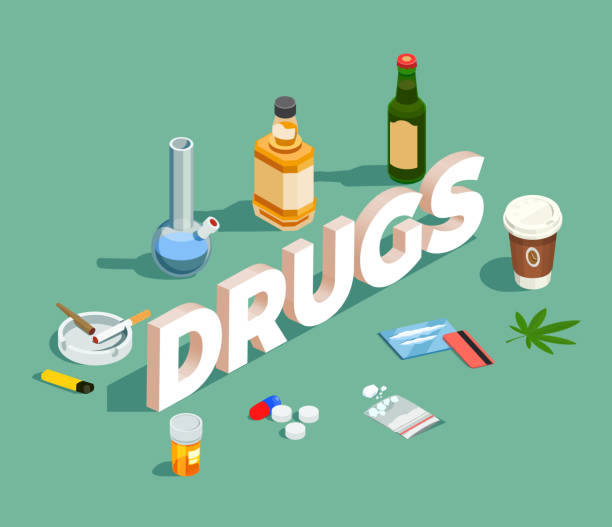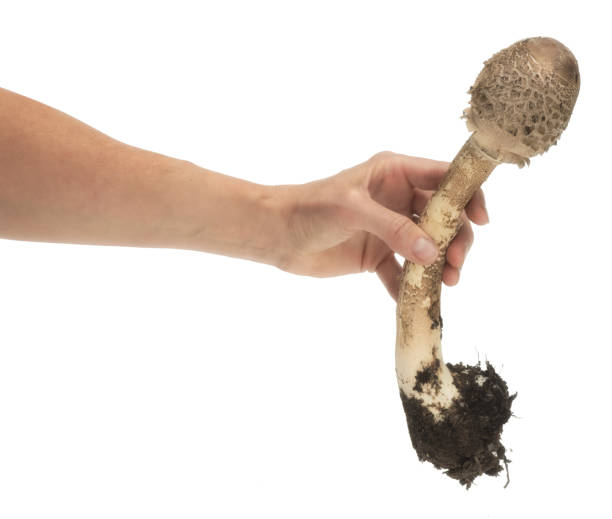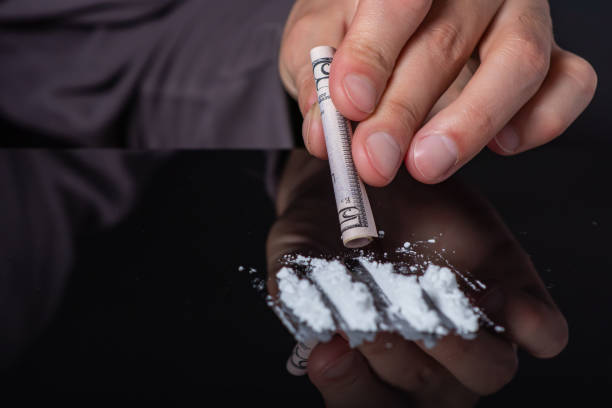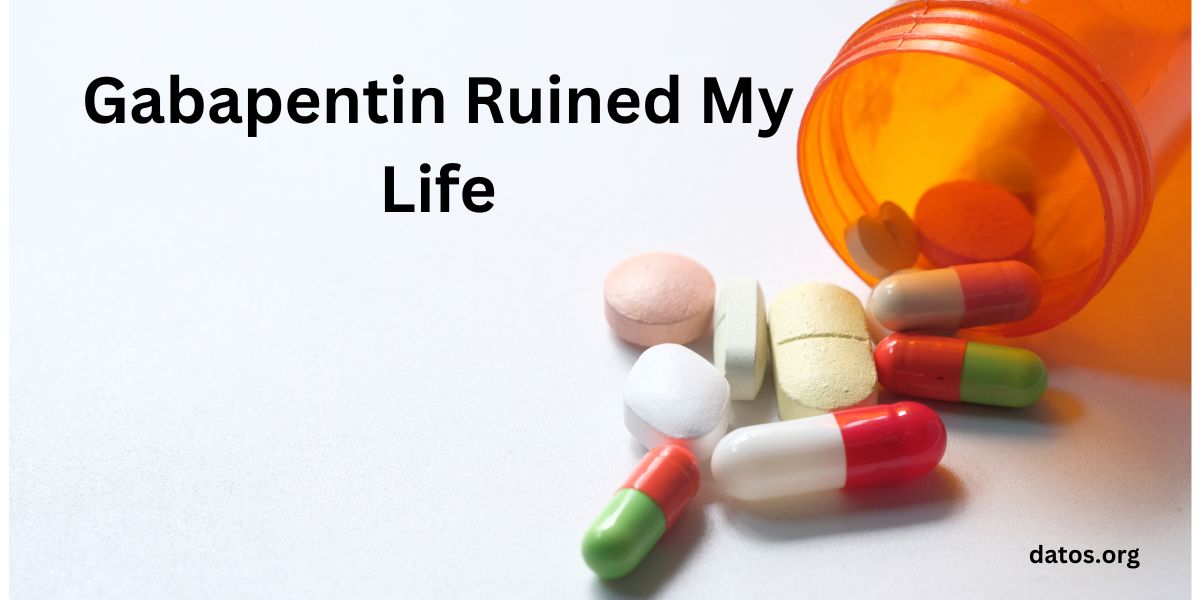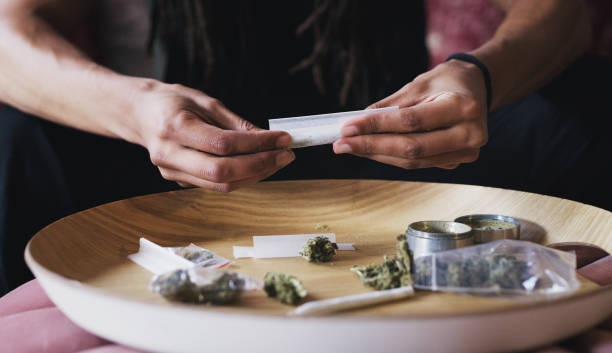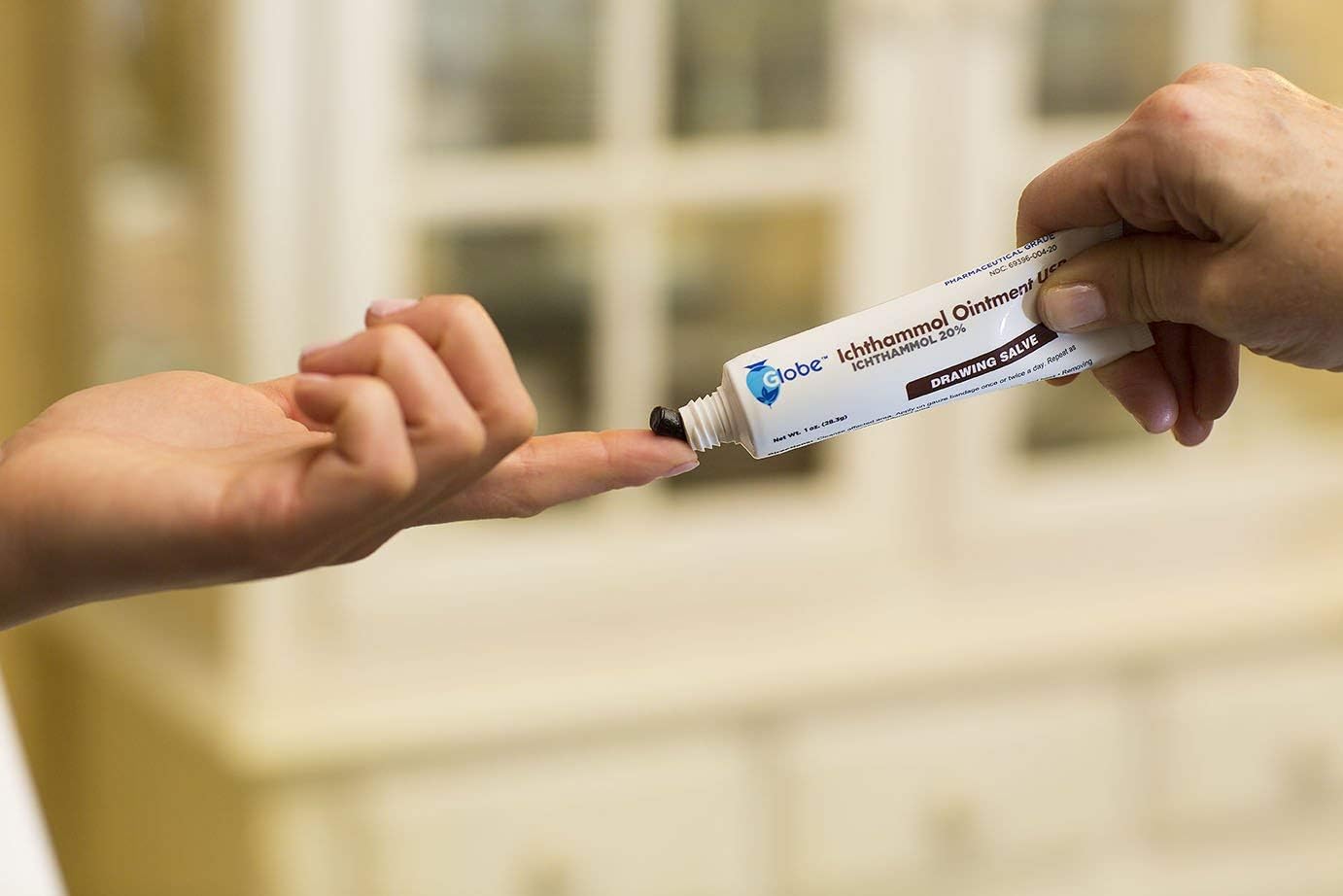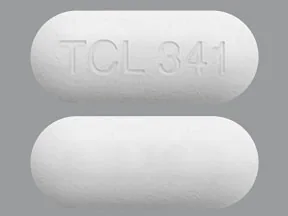So, is alcohol a drug? The answer is yes. Alcohol meets the definition of a drug as defined by the World Health Organization (WHO). The WHO defines a drug as “any substance or product that, when taken into the body, alters its functions in a way that can be beneficial or harmful.” Under this definition, alcohol is clearly a drug.
Let’s know more about “Is alcohol a drug or if yes, then, what type of drug is alcohol?
What is alcohol?
Alcohol is a type of chemical compound that contains a hydroxyl group (-OH) bonded to a carbon atom. The most common type of alcohol found in alcoholic beverages is ethanol, also known as ethyl alcohol. Ethanol is made when yeast ferments the sugars in grains, fruits, or vegetables.
Alcohol is a psychoactive drug, meaning that it affects the central nervous system. When people drink alcohol, it can cause a variety of effects, including relaxation, impaired judgment, and intoxication. Alcohol can also be addictive, and heavy drinking can lead to a number of health problems, including liver disease, heart disease, and cancer.
Types of Alcohol
There are four main types of alcohol:
- Ethyl alcohol (ethanol) is the type of alcohol found in alcoholic beverages. It is also used in some industrial products.
- Methanol is a toxic alcohol that can be found in some fuels and solvents. It is not used in alcoholic beverages.
- Isopropyl alcohol is a rubbing alcohol that is used to clean and disinfect surfaces. It is not used in alcoholic beverages.
- Denatured alcohol is a type of alcohol that has been made unfit for human consumption by adding other chemicals to it. It is used in some industrial products.
- Alcohol is a complex substance with a variety of effects on the body. It is important to be aware of the risks associated with alcohol consumption and to drink responsibly.
Is Alcohol A Drug?
Yes, alcohol is a drug. It is a psychoactive drug, meaning that it affects the central nervous system. Alcohol is classified as a depressant, which means that it slows down the activity of the brain. When people drink alcohol, it can cause a variety of effects, including relaxation, impaired judgment, and intoxication.
Alcohol can also be addictive, and heavy drinking can lead to a number of health problems, including liver disease, heart disease, and cancer.
The World Health Organization (WHO) defines a drug as “any substance or product that, when taken into the body, alters its functions in a way that can be beneficial or harmful.” Under this definition, alcohol is clearly a drug.
In the United States, the Controlled Substances Act (CSA) classifies alcohol as a Schedule I drug. Schedule I drugs are defined as drugs with a high potential for abuse and no currently accepted medical use. This classification is based on the potential for alcohol to be addictive and to cause health problems.
While alcohol is a drug, it is also a legal drug. In the United States, the legal drinking age is 21. However, this does not mean that alcohol is safe or harmless. Alcohol can be a dangerous drug, and it is important to be aware of the risks associated with its use.
Alcohol content in Fermented drinks like beer and wine
The alcohol content in fermented drinks, such as beer and wine, varies depending on the type of beverage and the brewing or winemaking process. Here is a general overview of the alcohol content in some common fermented drinks:
- Beer: The alcohol content in beer ranges from 3% to 15% ABV (alcohol by volume). Light beers typically have an alcohol content of 3% to 5% ABV, while heavier beers, such as stouts and porters, can have an alcohol content of 8% to 15% ABV.
- Wine: The alcohol content in wine ranges from 5% to 15% ABV. White wines typically have a lower alcohol content than red wines, with most white wines ranging from 5% to 10% ABV. Red wines can have an alcohol content of 12% to 15% ABV.
- Hard cider: The alcohol content in hard cider ranges from 4% to 8% ABV. Hard cider is made from fermented apples, and the alcohol content depends on the type of apples used and the brewing process.
- Kombucha: The alcohol content in kombucha ranges from 0.5% to 2% ABV. Kombucha is a fermented tea drink, and the alcohol content depends on the type of tea used and the fermentation process.
- Sake: The alcohol content in sake ranges from 15% to 20% ABV. Sake is a Japanese rice wine, and the alcohol content depends on the type of sake and the brewing process.
It is important to note that the alcohol content in fermented drinks can vary depending on the brand and the specific product. It is always a good idea to check the label before consuming a fermented drink to see the alcohol content.
Alcohol content in Distilled drinks, or liquor
The alcohol content in distilled drinks, or liquor, is typically much higher than in fermented drinks. The alcohol content in distilled drinks can range from 35% to 60% ABV, with some drinks reaching even higher levels. Here is a general overview of the alcohol content in some common distilled drinks:
- Vodka: Vodka typically has an alcohol content of 40% ABV.
- Gin: Gin typically has an alcohol content of 36% to 50% ABV.
- Rum: Rum typically has an alcohol content of 40% ABV.
- Whiskey: Whiskey typically has an alcohol content of 40% ABV.
- Tequila: Tequila typically has an alcohol content of 40% to 51% ABV.
- Brandy: Brandy typically has an alcohol content of 35% to 60% ABV.
It is important to note that the alcohol content in distilled drinks can vary depending on the brand and the specific product. It is always a good idea to check the label before consuming a distilled drink to see the alcohol content.
Some FAQs
Is alcohol a drug?
Yes, alcohol is a drug. It is a psychoactive drug, meaning that it affects the central nervous system. Alcohol is classified as a depressant, which means that it slows down the activity of the brain. When people drink alcohol, it can cause a variety of effects, including relaxation, impaired judgment, and intoxication.
Alcohol can also be addictive, and heavy drinking can lead to a number of health problems, including liver disease, heart disease, and cancer.
What is the definition of a drug?
The World Health Organization (WHO) defines a drug as “any substance or product that, when taken into the body, alters its functions in a way that can be beneficial or harmful.” Under this definition, alcohol is clearly a drug.
Is alcohol legal?
Yes, alcohol is legal in most countries. However, the legal drinking age varies from country to country. In the United States, the legal drinking age is 21.
Read More: Is Alcohol A Drug?- Do Shrooms Go Bad Over Time?
- Understanding EtOH: The Dangers of Ethanol Alcohol Abuse
- Mushrooms That Look Like a Penis
- Melmac Mushrooms
- How to Dry Mushrooms
- How to Pass a Hair Follicle Drug Test: A Comprehensive Guide
- Embalming Fluid Smoking
- Meth Face Sores & Scabs: A Comprehensive Guide
- Concerta Drug Test Detection: Everything You Need to Know (2023)
- Wet Finger Method for Effexor Withdrawal: Does it Work?

